A Conversation With Travis Erwin of The Pro’s Closet
Rarely, but occasionally, I flatter myself into thinking I see around a corner. Other times I can’t even see what’s right in front of me and The Pro’s Closet was one of those times. Simply put, The Pro’s Closet has single-handedly solved the largest transactional problem in the bike industry. TPC rounds out the transaction cycle. Yes, it competes with your local bike shop for your buying dollar. But it also gives you an clean, painless way to divest yourself of a garage-full of stuff, easing you into your new bike purchase, a benefit to your LBS. How will your LBS see it in 5 or 10 years? We’ll see.
But TPC, which just added 29,000 square feet (bringing the total facility footprint to almost 60,000 feet), is a net plus to the entire industry, because a well-oiled used product platform generates more use and value, and rounds out the price matrix. More people get to play. Sellers and buyers can transact with greater security. Of course, at some point somebody’s going to figure this out, realize that TPC earns a margin, will covet that margin. That somebody is likely to be your LBS, which the industry refers to as the IBD (Independent Bike Dealer). Will your LBS figure out what the auto market is going through right now? That the prices of new bikes and new cars are prohibitively high for a lot of people? And the used market is sitting out there, waiting to be exploited?
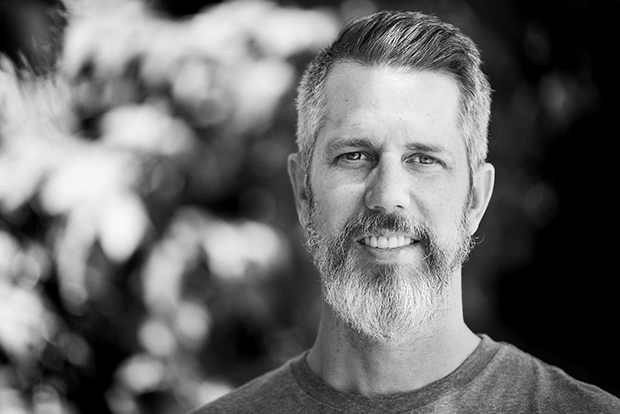
I asked Travis Erwin these questions and more. Travis has been the VP of Sales for TPC for most of 3 years. Before that he spent 5 years at Reynolds, and at other brands before that. I think what you’ll see is that TPC is not just a used car dealer (without the car). It’s a tech company. And it’s going to change our entire industry.
Slowtwitch: When did you realize this is a much bigger deal that the original ambition? Can you describe that lightbulb moment?
Travis Erwin: As you know, we’ve been in business for almost 13 years. How it started out, I’m sure you’ve heard that story. It’s morphed only in really the last 3 years, to target this circular economy, and push trust in the secondary market. A lot of that change has been sparked by a flat industry. We started to see that the brands were reaching out to control the customer. We saw the challenge there with the retail disconnect. Our push was to build that trust in the secondhand market. That’s the challenge. There’s this really charged space, but not a trusted transaction. We wanted to build that trust and exceed expectations. We’ve been able to do that over the last 3 years. Really refine our product line. What we were selling and who we were selling to.
ST: I didn’t count, but I think you used the word trust in your answer 4 times and maybe 5. To me, that’s the secret sauce here. I mean trust in 3 or 4 ways: Trust that the product you’re getting – there’s no Carfax for a bike or a wheel – but the next best thing is having it pass under a set of expert or at least discerning eyes, that can give you an additional layer of confidence in the bike you’re buying. You have none of that when it’s just consumer-to-consumer. Beyond trust in the product itself, there’s trust in the transaction. With our Classifieds Forum we make you hang around awhile, become part of the community, before you’re allowed to post a product for sale. That was our feeble way to invest trust that the person is a real person, and not a scam artist. All these layers of trust in the product, in the seller or buyer, that’s the thing that’s been missing all these years in the secondary market. I suppose you must see it the same way or you wouldn’t be using that word so often.
Travis: You hit the nail on the head. Because our model is brand agnostic, same as Slowtwitch, we can be a content company: These are the best products we’ve been on, or to steer clear of. Redefining that trust on the customer side. We don’t have to apply to a significant brand because they do or don’t pay our bills. We’re here for the end consumer, to ensure they get what they’re asking for. Our mission is built around that. Building confidence in the purchase.
ST: About brands, it occurred to me some months ago that you could benefit from having relationships with brands. So, I spoke with Matt Heitmann at your company. I asked him, “Do you need any help? Would you like me to put you together with brands?” And he kind of laughed and said we’re way past that, and of course you are. This seems to be a segue from the beginning of the internet-fueled secondary market. eBay released a lot of pent-up inventory, which drove the IBDs crazy. But the IBDs didn’t understand that flushing this inventory was the lubricant that fueled the purchase of new product. And then Craigslist. But we’ve moved into an auto market era, where The Pro’s Closet is acting as both a broker of used cars and a used car seller. This sophistication that’s been part of the auto market now seems finally to be part of the bike market.
Travis: The term you use, lubricant, we use that term as well. We didn’t create this disruption. The trade-in concept, trade in your car to buy a new one is ubiquitous in the auto industry. It’s just foreign in the bike industry. We took that same concept; our objective is to build that circular sell-and-purchase cycle. Right now the IBD industry is focused on selling in. Not selling thru. It’s been a challenge for the IBD. We always say, the hardest part about buying a new bike is selling the old one. We’ve got experts on hand who can identify the product, all the customizations that have been done, give the highest value, and help facilitate the purchase of a product they can buy through The Pro’s Closet. Instead of a bike you buy and own for 5 or 6 years we’d like to increase the velocity, moving them through that cycle maybe even yearly. We’re blending the ownership and leasing models. Maybe even no ownership – you’re just cycling through. Even seasonally. Fat bike, gravel bike, triathlon, in the Fall back on the gravel bike. Try something new. Get on something different.
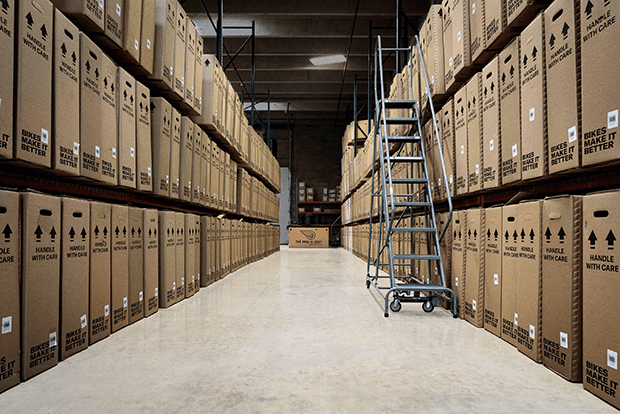
ST: You anticipated my next question. When I use your filtering engine, one option I could but don’t have is “new.” I’m dead certain this has been offered to you. I could imagine you as a pressure valve for bike and accessory brands that need to get rid of closed-out inventory without spoiling their IBD channel business. I also wanted to ask you about leasing, because that seems like a natural. But I don’t know if you mean Leasing in the traditional way, or whether you’re referring to the repetitive buying and selling.
Travis: It’s in our DNA to focus on pre-owned. We started in the secondary market, but we’ve quickly evolved into the primary market. Our goal isn’t just to be the most trusted destination for used product, but [a destination] for the broadest selection. We see the evolution of our company creating a vast product portfolio, where you can buy new/old stock, last year’s model, a used version of that, a demo version, a marketing sample. You’ll have all these options for the customer – truly a customer-centric version of how they want to shop. We’re able to do that today. But we don’t necessarily have to sell the product as new. Because our ethos is built on trust, we don’t have to feature it as new or used. There’s plenty of new product that graces our site. Whether we list it in that condition or not is up to us and the relationship with that brand.
ST: Aha. So. I might be buying a used wheel that’s never been ridden before.
Travis: Absolutely.
ST: When I think about your company Amazon comes to mind. What I mean is, Amazon started as a seller of books. We see what it’s become. I don’t get the sense that Amazon, during its history, had a 5-year plan that it stuck to very well. There were just so many opportunities and options, every day, every week. I get that same sense about your brand. What was that movie? Let’s put mayonnaise in the tuna can. No, let’s feed mayonnaise to the tuna! I get the sense you guys just sit around a table and have that tuna and mayo discussion constantly. Is that how it is?
Travis: You’ve got a crystal ball on what happens here. There’s so much opportunity to be had. To improve upon. To look into parallel markets. This model can be replicated from cycling to skiing to archery. With us, it’s having to stick to that laser focus. There are a lot of distractions. I think the strength of our executive team allows us to be selective on what we do today. I look at our business like an hourglass. At the base is where we came from. We were selling baseball bats and running shoes. At one point we had a can of hair pomade on our eBay site. We had to restrict our goals. What do we want to achieve? In the last couple of years, we’ve been at that narrow part of our hourglass. How to accelerate our business, optimize our organization. Where the future is, that’s the unfolding of the hourglass. We have to be strategic and selective. Amazon, now they’re a logistics company and a retail force. We see those opportunities as well.
ST: The only competitive response that I could find to what you’re doing is the deal Trek put together with Bicycle Blue Book. I say that not because I think it’s analogous, but because I’ve been waiting for bike brands to understand there’s a secondary market that needs to be energized. In certain categories – triathlon is an example – the entry level price points are so high. This invites a secondary market and Trek seems to be responding. But that’s it. Are you kicking yourself, in a good way, at the lack of competition? Is there competition and I don’t see it; or are you running toward the goal line and nobody is trying to tackle you?
Travis: There is competition, but not necessarily in our space. Bicycle Blue Book has an excellent model, fantastic algorithm, works extremely well at the entry level or non-customized product. We start to see difficulty at the higher-end customer. Our current ASP [average selling price] is $2,700. Mind blowing. Even to me. We’re targeting customized bikes. We’re able to look at a product, we understand this ENVE wheelset is different than a Roval; Chris King hubs different than a DT; each of those we’re able to value, and give a better offer. The bikes we sell, we’ve identified what makes them snowflakes. Another differentiator, we present the offer to the customer, Bicycle Blue Book relies on the dealer. When a customer walks into a dealer with a Pro’s Closet voucher, all that dealer has to do is apply that voucher toward a new purchase, and box a bike up for us.
ST: Before I let you go, can you give me a rundown of the partnerships you have? What stakeholder groups you want to have business development relationships with. Brands. IBDs. Your bizdev guys are running around doing business with whom?
Travis: We partner with several brands, from the Big-5 to several niche brands. We have a significant amount of customer data. We know what you’re riding. We can message that for a trade-up partner. In the end, we’re not just a bike selling company; we’re also a data company.


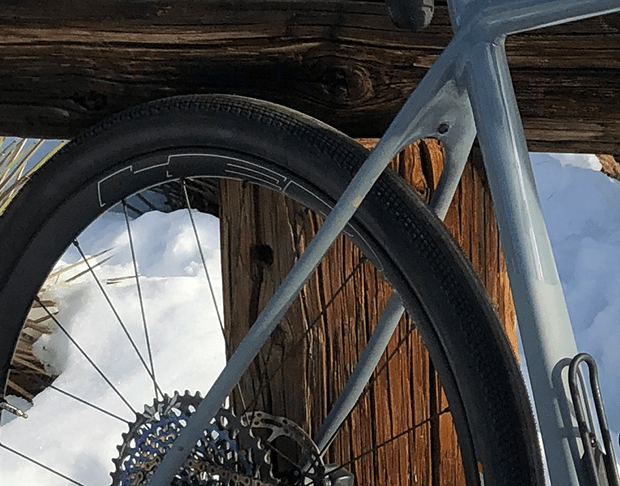
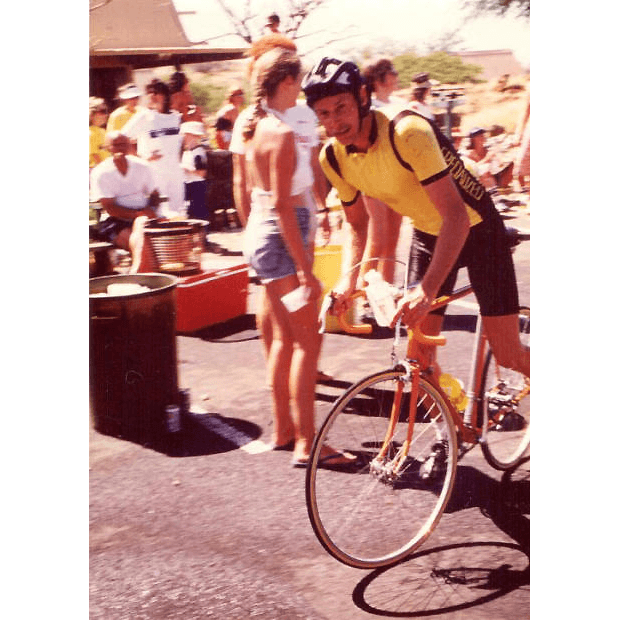
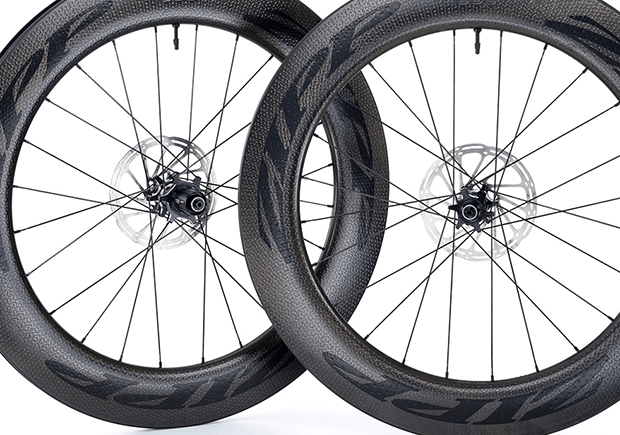
Start the discussion at slowtwitch.northend.network